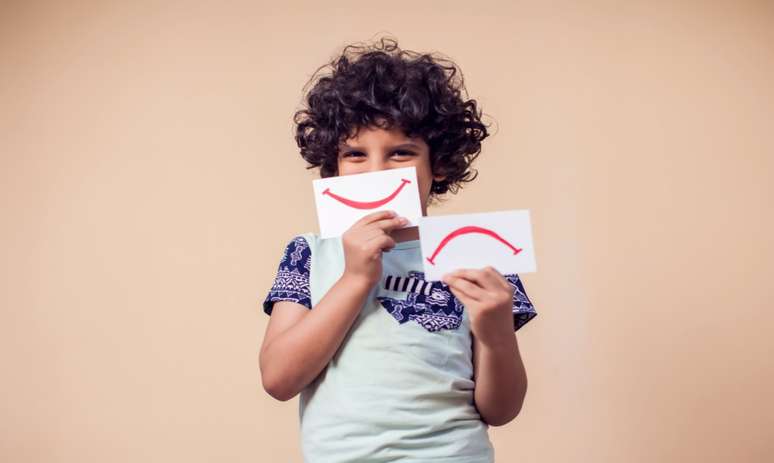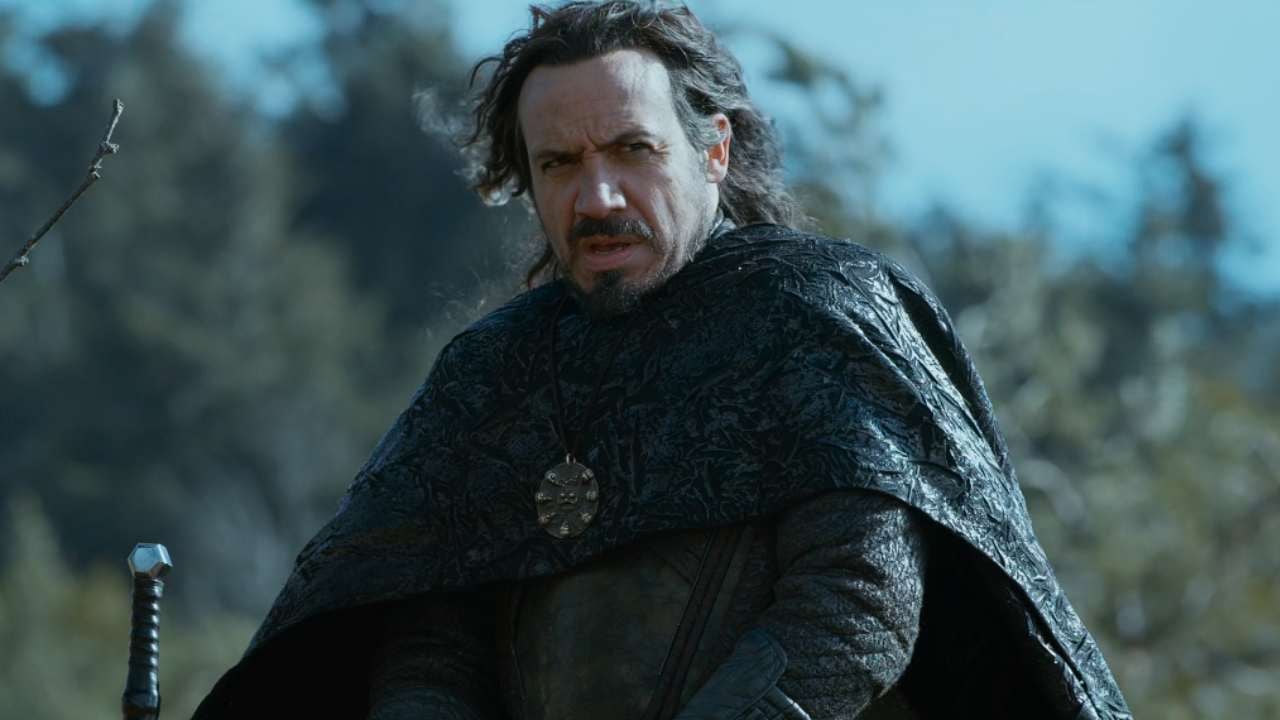Widely associated with adults, bipolar disorder can also affect children. Learn how to identify possible signs in toddlers
Bipolar disorder, or bipolar disorder, is a mental condition characterized by extreme changes in mood, ranging from episodes of high energy and euphoria to episodes of deep depression. It is normally associated with adults, but can also occur in childhood, although it is less common.
Therefore, recognizing the signs as early as possible is essential to ensure appropriate diagnosis and intervention. This way, your child can receive the support she needs to cope with the condition and reach her full potential.
How to identify bipolarism in children?
According to Dr. Mara Duarte, neuropedagogist and psychopedagogical director of the Rhema Group, bipolar disorder in children can manifest itself slightly differently than in adults. This reality makes diagnosis more challenging.
“Identifying early signs of bipolar disorder in childhood is critical to providing adequate support and early intervention. Early diagnosis and appropriate treatment can help stabilize a child’s mood. Additionally, they can reduce the risk of future episodes and improve the quality of life.” of general life,” she explains.
The specialist’s advice for anyone who suspects their child may be showing signs of bipolar disorder is to seek professional help.
“A child psychiatrist or psychologist who specializes in child mental health can evaluate your child’s symptoms and recommend the most appropriate treatment. Cognitive behavioral therapy, mood-stabilizing medications, and family support may be needed,” she says.
7 Signs of Bipolar Disorder in Childhood
Even before turning to a professional, it is possible to identify some symptoms of bipolarism in children, as Mara points out:
1 – Extreme mood swings: Children with bipolar disorder may experience sudden and intense mood swings, alternating between episodes of euphoria and depression. “They can go from moments of great happiness and energy to periods of profound sadness in a matter of hours or days,” says the professional.
2 – Persistent irritability: In addition to mood swings, children with bipolar disorder may exhibit persistent irritability, even in situations that would not normally bother them, and may become easily frustrated, irritable, or even aggressive in response to minimal stimuli.
3 – Insomnia or hyperactivity: During episodes of mania or hypomania, children may have difficulty sleeping or have an abnormally high amount of energy, which can result in hyperactive and impulsive behavior.
4 – Lack of concentration: Difficulty concentrating is common in children with bipolar disorder.
5 – Risky behaviors: During episodes of mania, children with bipolar disorder may engage in risky behaviors, such as spending money impulsively, engaging in dangerous activities, or increasing sexual activity.
6 – Lack of interest in usual activities: A child with bipolar disorder may lose interest in activities they would normally like to do and may feel bored or unmotivated.
7 – Suicidal or self-destructive thoughts: In more severe cases, children with bipolar disorder may express suicidal thoughts or self-destructive behavior. These signs require immediate attention and professional intervention.
Source: Terra
Ben Stock is a lifestyle journalist and author at Gossipify. He writes about topics such as health, wellness, travel, food and home decor. He provides practical advice and inspiration to improve well-being, keeps readers up to date with latest lifestyle news and trends, known for his engaging writing style, in-depth analysis and unique perspectives.






![It All Begins Here: What’s in store for Tuesday 21 October 2025 Episode 1289 [SPOILERS] It All Begins Here: What’s in store for Tuesday 21 October 2025 Episode 1289 [SPOILERS]](https://fr.web.img3.acsta.net/img/99/48/99481db5c03e1ff295fce95b23125991.jpg)
